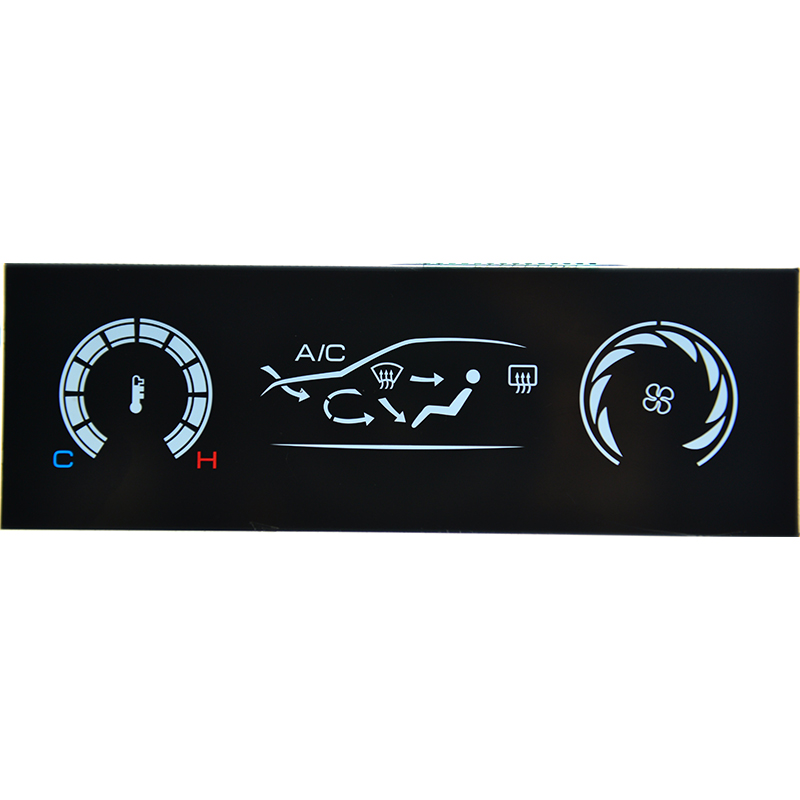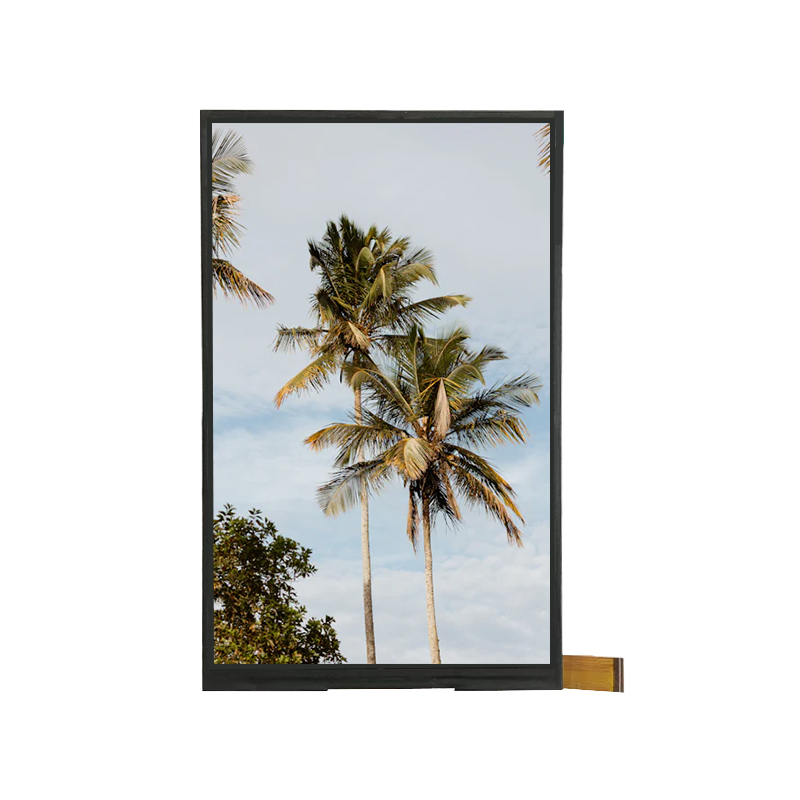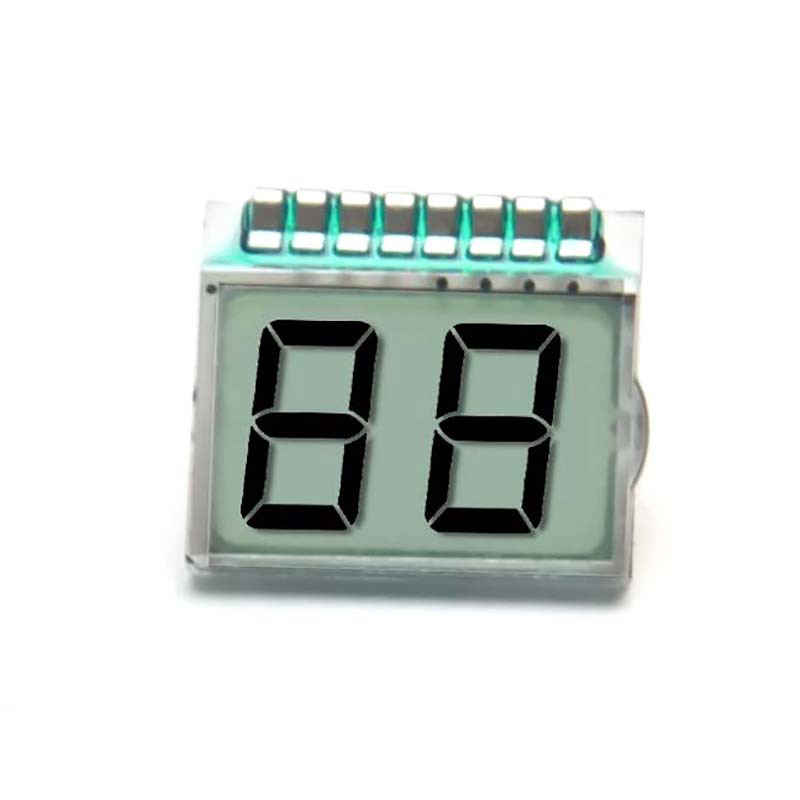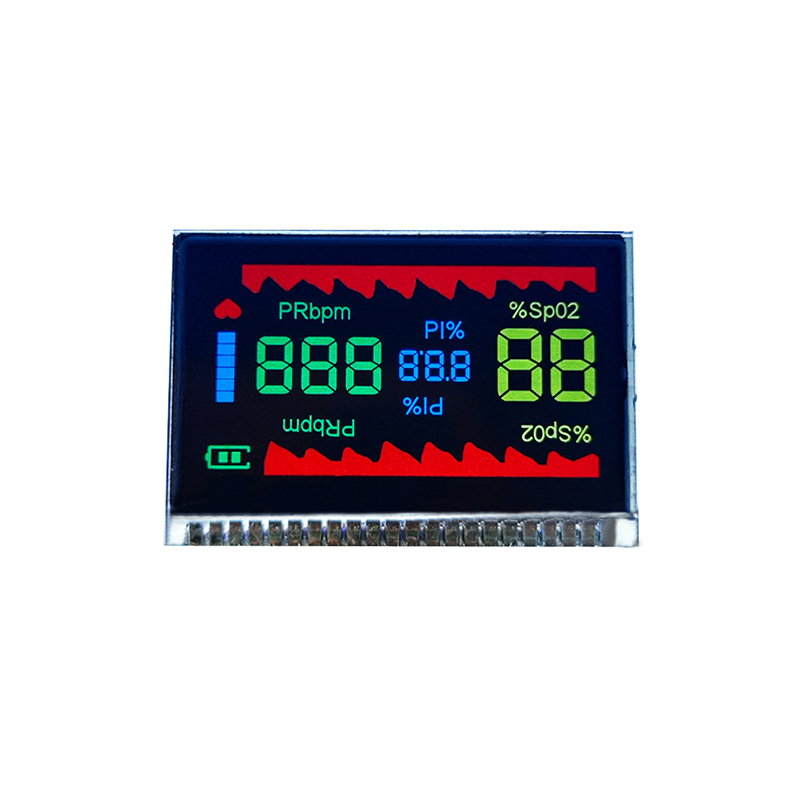
This guide explores the world of micro OLED displays, comparing key features, benefits, and applications to help you choose the best option for your needs. We'll delve into resolution, brightness, power consumption, and more, providing you with the information you need to make an informed decision.
Micro OLED displays utilize millions of individually controlled microscopic organic light-emitting diodes (OLEDs) to produce images. This technology differs from traditional LCDs in that each pixel generates its own light, resulting in superior contrast ratios, deeper blacks, and vibrant colors. Unlike traditional OLEDs, micro OLEDs are known for their extremely small pixel sizes and high pixel density, allowing for exceptionally sharp images even in very compact displays. They're frequently found in high-end applications where image quality and compactness are paramount.
Several key advantages make micro OLED displays stand out:
While offering many advantages, micro OLED displays also have some limitations:
The resolution of a micro OLED display significantly impacts image quality. Higher resolution translates to sharper images and more detail. Pixel density, measured in pixels per inch (PPI), determines the sharpness of the image. Look for displays with high PPI for optimal visual clarity. For example, some high-end VR headsets boast displays with over 3000 PPI!
Brightness is measured in nits (cd/m2). Higher nits indicate a brighter display, crucial for outdoor use or brightly lit environments. Contrast ratio describes the difference between the brightest white and darkest black. A higher contrast ratio results in richer blacks and more vibrant colors. For an excellent visual experience, aim for a high brightness level and a high contrast ratio.
Power consumption is a critical factor, especially for portable devices. Look for displays with lower power consumption to extend battery life. This is particularly relevant for applications like AR/VR headsets and wearable technology.
Micro OLED displays are ideally suited for VR headsets due to their high resolution, wide viewing angles, and compact size, enabling immersive and high-quality VR experiences.
The small size and high resolution of micro OLED displays make them perfect for AR glasses, overlaying digital information onto the real world seamlessly.
Some high-end mobile devices incorporate micro OLED displays to offer users an unparalleled visual experience. However, due to cost considerations, this is less common than in the VR and AR spaces.
Smartwatches and other wearable devices benefit from the compact size and energy efficiency (though relatively higher than some alternatives) of micro OLED displays, offering clear, vibrant displays even in small form factors.
The best micro OLED display depends entirely on your specific needs and application. Consider the factors discussed above – resolution, brightness, contrast ratio, power consumption, and cost – to make an informed decision. Remember to check reputable reviews and compare specifications from different manufacturers before making a purchase.
For more information on high-quality display solutions, please visit Dalian Eastern Display Co., Ltd. We offer a wide range of advanced display technologies, including options tailored for specific applications.
Note: Specific data on brightness, resolution, and power consumption varies greatly depending on the model and manufacturer. Always refer to the official product specifications for the most accurate information.












